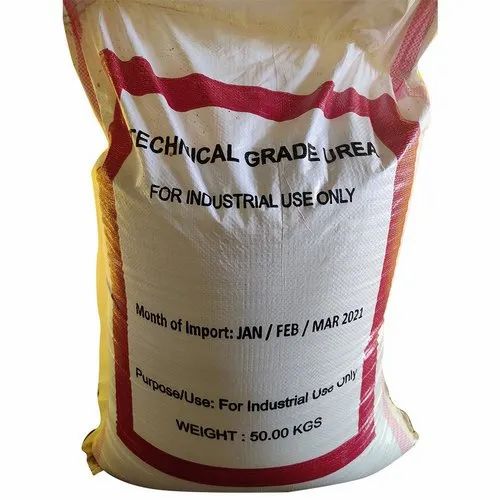We are leading Supplier of Urea in Gurugram

Urea is a widely used commercial fertilizer that is highly effective in increasing crop yields. It is a granular, high-nitrogen fertilizer that is made from natural gas and can be used to fertilize a wide variety of crops, including corn, wheat, rice, and other grains.
There are several different types of commercial grade urea available, including:
- Prilled urea: This is the most common form of commercial grade urea and is made by granulating urea under high pressure. It is easy to handle and apply, and is widely used in agriculture.
- Granular urea: This type of urea is formed by granulating urea under lower pressure, resulting in a larger granule size. It is less dustier and less prone to caking than prilled urea, making it easier to handle and store.
- Urea ammonium nitrate (UAN): This is a liquid solution that is made by mixing urea and ammonium nitrate. It is widely used as a foliar fertilizer, and can be applied directly to the leaves of crops.
Urea is also classified based on its purity levels or grades:
- Agricultural grade urea: This is the most common form of urea used in agriculture and is typically around 46% nitrogen.
- Industrial grade urea: This is a lower-purity form of urea that is used in industrial applications, such as the production of plastics and adhesives.
- Technical grade urea: This is a higher-purity form of urea that is used in the production of certain chemicals and medications.
- Pharmaceutical grade urea: This is the highest grade of urea and is used in the production of certain pharmaceuticals and other high-purity applications.
Overall, commercial grade urea is an essential fertilizer for increasing crop yields and improving food security. With various types and grades, it can be tailored to specific needs of farmers and industrial processes. Incorporating urea in a crop management plan and using the right grade of urea can help optimize crop growth and maximize yields.
Enquiry Now
